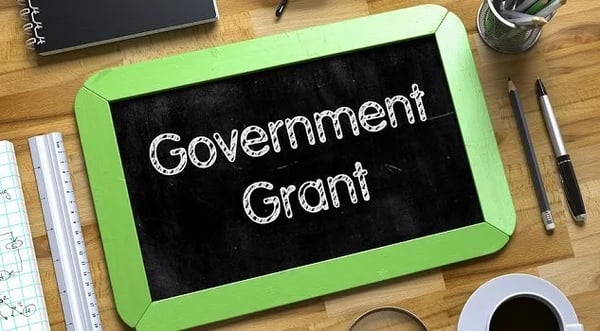Tips to optimise your government grants before EOFY
- By Gary Shapiro
- •
- 21 Jun, 2017

As published in Inside Small Business
The End of Financial Year (EOFY) is a time to get our ducks in a row and dot those Is and cross those Ts. In most, cases this would have to do with getting your taxes in order. Let’s try to apply this discipline to a more “fun” aspect of EOFY figures – getting some cash back from the government. The most popular government grants or incentives are the R&D Tax Incentive and EMDG (Export Market Development Grant).
Each of these offer eligible Australian businesses generous cash back opportunities.
To optimise your ability to get this cash back, a business needs to be aware of some make or break tips before EOFY.
We have compiled a list of some things to look through before the EoFY in order to put your company in the best position.
R&D Tax Incentive tips
1. Payments to associates
Since payments to Associates can only be claimed if they are actually paid, make sure that all these are paid by 30 June 2017. This would include for example salaries to founders or shareholders.
2. Record keeping
Good record keeping is essential for substantiating your claim. Go through your records and make sure everything is up to date and well organised. Not only your financial records should be in order but also the technical records to evidence the R&D work that you have undertaken.
3. Connected/affiliated entities
Make sure contracts and payments are completed with your connected or affiliated entities.
4. Superannuation
Super cannot be claimed as a tax deduction unless it was paid by 30 June 2017.
5. Overseas R&D
You cannot claim R&D activities undertaken overseas unless you have an Overseas Finding. An overseas finding needs to be submitted to AusIndustry before 30 June 2017 for any work you wish to claim for the FY17 year.
6. Pooled assets
Depreciation on pooled assets cannot be notionally deducted for R&D purposes. Consider depreciating R&D assets in their own category.
7. Aggregate turnover
If an entity has an aggregate turnover of more than $20m, then it does not qualify for the 43.5 per cent refundable tax offset, instead it qualifies for a 38.5 per cent non-refundable offset. The Aggregate Turnover is calculated as the annual turnover of the R&D entity for the income year plus the annual turnover of any entity that is connected or affiliated with the R&D entity, for that part of the income year that the entity is connected with you.
EMDG tips
1. Cash accounting
EMDG works strictly on a cash basis, meaning that you can only claim amounts that were actually paid by 30 June 2017. So, make sure that anything you want to claim is paid before the end of the month.
2. Reimbursements
Make sure any expenses paid for by employees of the company on behalf of the company have been reimbursed.
3. Contracts
Make sure your contracts with overseas reps and marketing consultants are clear and signed. Their duties need to be clearly articulated in the contracts, and they should have records of the work they did for you.
4. Internal company transactions
If you have multiple companies, it is essential that contracts and flow of money between entities is clear and intercompany transactions are done before June 30, 2017.
Remember – all revenue and expenditure needs to be taken up by the Australian entity making the claim.
Gary Shapiro, MD – Operations, Rimon Advisory

